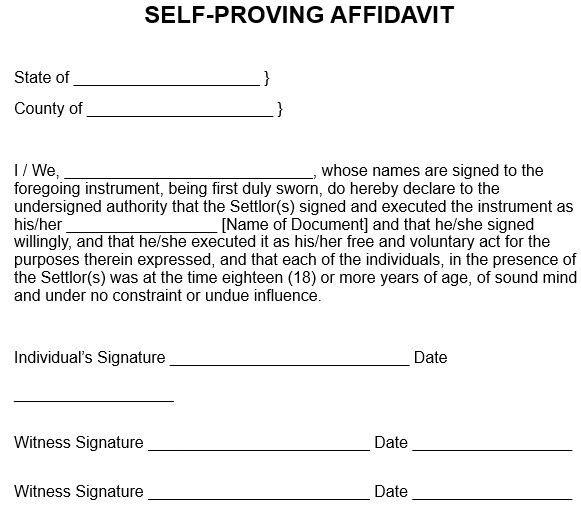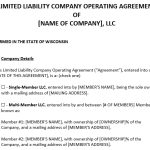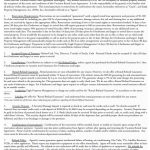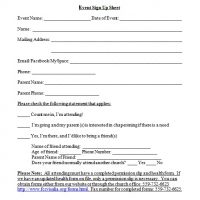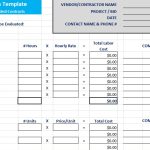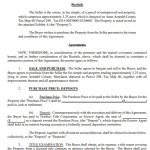A self-proving affidavit form is a legal document that helps you in proving a codicil or Will’s validity. This document hastens the probate process. It is generally signed by a testator and two witnesses. The witnesses confirm that the Testator sign his/her Will or Codicil without any undue influence. When self-proving affidavit form is created, it should be attached to a Will or Codicil.
Table of Contents
The purpose of a self-proving affidavit form:
The main purpose of a self-proving affidavit form is to give an added layer of protection particularly when the testator dies. The form gives a written and notarized statement that specifies that that the Testator signed it as per the relevant state laws without undue influence.
How to fill out the affidavit form?
Here are some guidelines for you;
Prepare a self-proving affidavit
At first, you have to make a self-proving affidavit. You can make it from scratch or hire an estate attorney to prepare one. Moreover, you can also download the affidavit template online. From a professional perspective, it is highly suggested to use online templates or get the services of estate attorney to prepare the document on behalf of the Testator. This makes sure to avoid missing out on crucial legal language to include in the document.
Execute the self-proving affidavit form
You require the following to execute the self-proving affidavit form;
- The paperwork it refers to
- The party’s signature implementing the certain paperwork
- The two witnesses that gives the testimony in the affidavit
- To acknowledge the form, a licensed notary citizen
The Testator can use the downloaded template and give the required details when all these parties and necessary paperwork are accounted for.
The location
You should mention the location where the self-proving affidavit form is implemented. Providing the state and county where the document is being implemented are the topmost parts of the self-proving affidavit form.
Identity of the witness
Specify the identity of the witness. Generally, in the first paragraph of the self-proving affidavit, you have to provide the language required for the document’s primary purpose. So, here, the Testator will have to input the name of each witness.
Paperwork
The self-proving affidavit form refers the exact paperwork, identify it. Generally, the testator is the entity who implemented the self-proving affidavit form. So, specify the title of the certain document supported by the Attach to a Will or Codicil. It is essential to specify that you should enter the accurate title of the document the self-proving affidavit will be attached to for certainty.
Signature of involved parties
Affix the signature of involved parties. The signatures of the Testator and the two witnesses must be mentioned in the self-proving affidavit form. In addition to this, provide a printed name and the effective signing date of the document.
Notary public
It is important to acknowledge it by notary public. The self-proving affidavit form should be acknowledged by a state-licensed notary public when the self-proving affidavit form is completed and signed by all the required parties. The notary public will give the date and the identity of the both parties. After that, by entering some standard commission information and stamping the self-proving affidavit form, finalize the notarization process. You may also like Notarized Letter Templates.
Free Self-Proving Affidavit Form
Conclusion:
In conclusion, a self-proving affidavit form template is a legally binding document that makes a testator’s life when he comes to estate planning. It is the best way to make sure a smoother and quicker probate process. It is generally complex and involves many court drama from family and other third parties.

